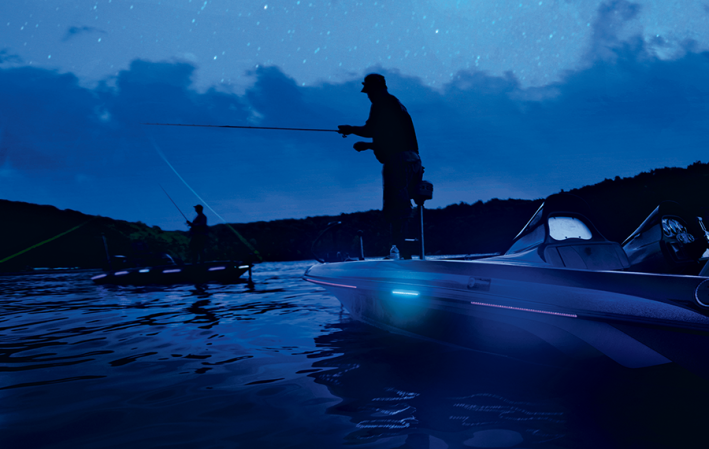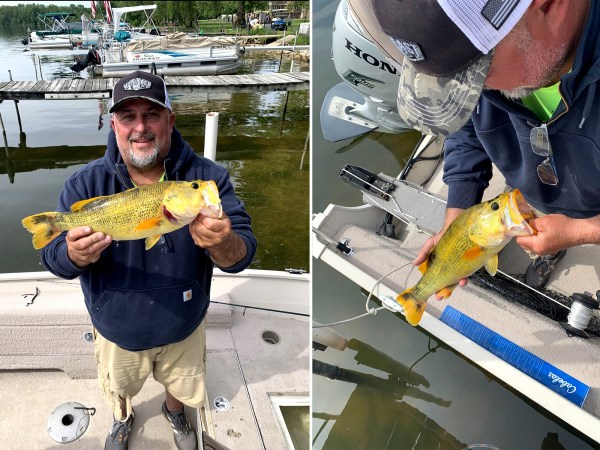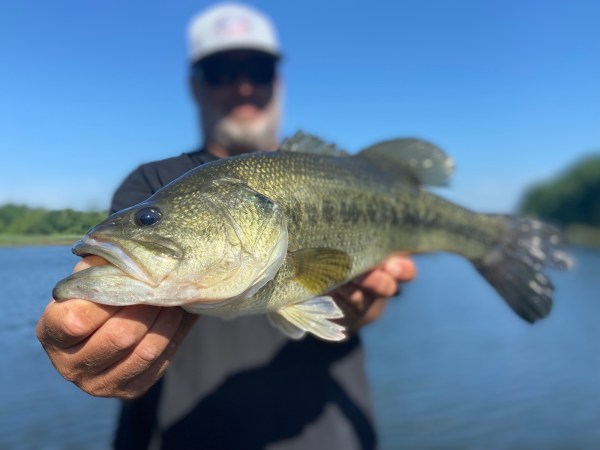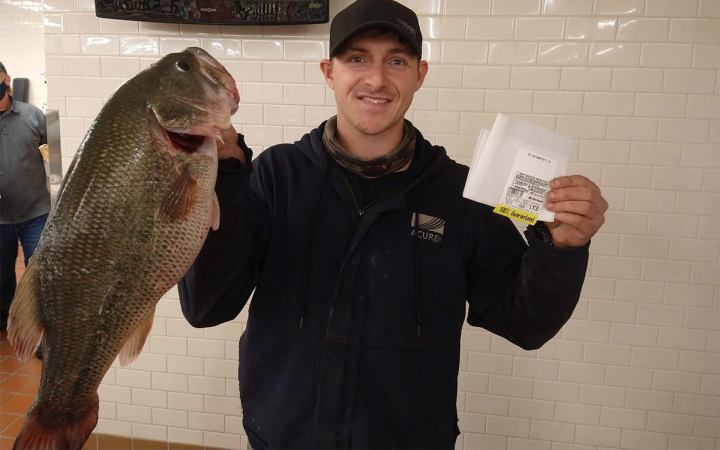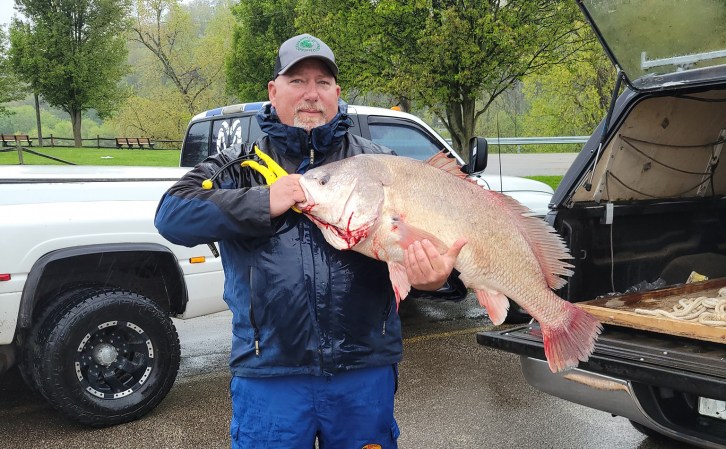Fishing guide Ken Penrod can’t think of a better place to fish. One of his top spots is the tidal Potomac River downriver of Washington, D.C., with great fishing among the old piers, in the hydrilla and spatterdock, and along the downed trees of the shoreline.
In fact a major bass-fishing group considers the Potomac the fifth-best fishing spot in the country, according to Bob Lunsford, Maryland’s Director of Freshwater Fisheries. But other areas around the Chesapeake are popular. Captains Norm Bartlett and Gary Neitzey fish the same waters, as well as major areas such as the Susquehanna Flats (Bartlett’s favorite) and small tributaries such as the Bohemia, Sassafras and Bush rivers around the upper bay (Neitzey’s favorites).
Good tidal largemouth fishing in the Chesapeake Bay is especially intense when autumn water temperatures begin to chill, the skies become overcast and a soft breeze creates a ripple on the surface. But most sportsmen have traded in their rods and moved on to duck blinds and tree stands, missing out on a great largemouth fishery.
FEEDER CREEKS AND COVES
As the weather cools, fishermen should move away from the deeper water in the middle of the rivers and target any type of visible cover. Logjams and rock piles are the most common types of cover seen in the fall. Start at the mouths of coves and creeks like the Nanjemoy or the Piscataway on the Potomac River, then work your way toward the back. Bass follow shad moving in and out of those tributaries.
During the fall, bass are feeding heavily in tidal rivers, preparing for the winter. Because of these feeding frenzies, anglers don’t have to be as selective about tackle as they would be during a hot August afternoon. Shallow crankbaits, buzzbaits and topwater spinnerbaits can produce plenty of strikes. The key to attracting bass in colder water, though, is maintaining a slow retrieve.
STOCKING UP
While these rivers are historically productive, they have suffered in recent decades. They are coming back, however, through the planting of submerged aquatic vegetation (SAV). Lunsford notes that the SAV continues to thrive in the Potomac. It is patchy in the Susquehanna Flats and elsewhere.
Additionally, a state stocking program has planted and is planting hundreds of thousands of largemouth bass in rivers such as the Chester, Choptank and Patuxent.
Rick Schaefer, Eastern Regional Manager of the Freshwater Fisheries Division of the Maryland DNR, notes that 30,000 fish were stocked into the upper Chester this year alone, with a total of over 100,000 fish stocked in the last five years.
CHOOSING TACKLE
Tackle for tidal Maryland bass is similar to fall tackle in larger lakes. Medium spinning spools with 6- to 12-pound-test line, medium-casting tackle with line to 20-pound-test and shallow lures are best. Fish with (clockwise from top) crankbaits, Texas-rigged soft plastics, yellow spinnerbaits (chartreuse works too, as do white buzzbaits) and topwater twin props. Early and late, buzzbaits and topwater chuggers produce explosive strikes, while shallow crankbaits work in open water. The bottom line is that bigmouth bass fishing is easy to do and easy to get to on tidal Maryland rivers in fall. “We’ve got quality fish and good numbers of fish,” says Bob Lunsford of the state’s brackish largemouth.
For more regional information, go to www.outdoorlife.com/regional





